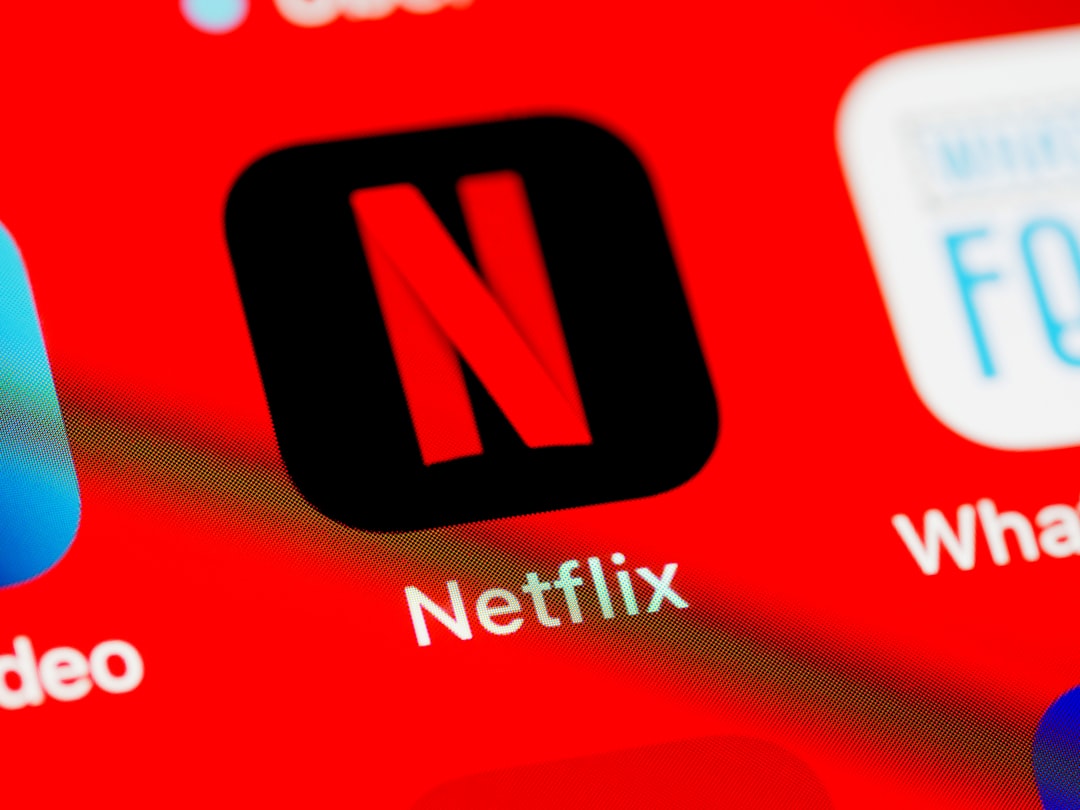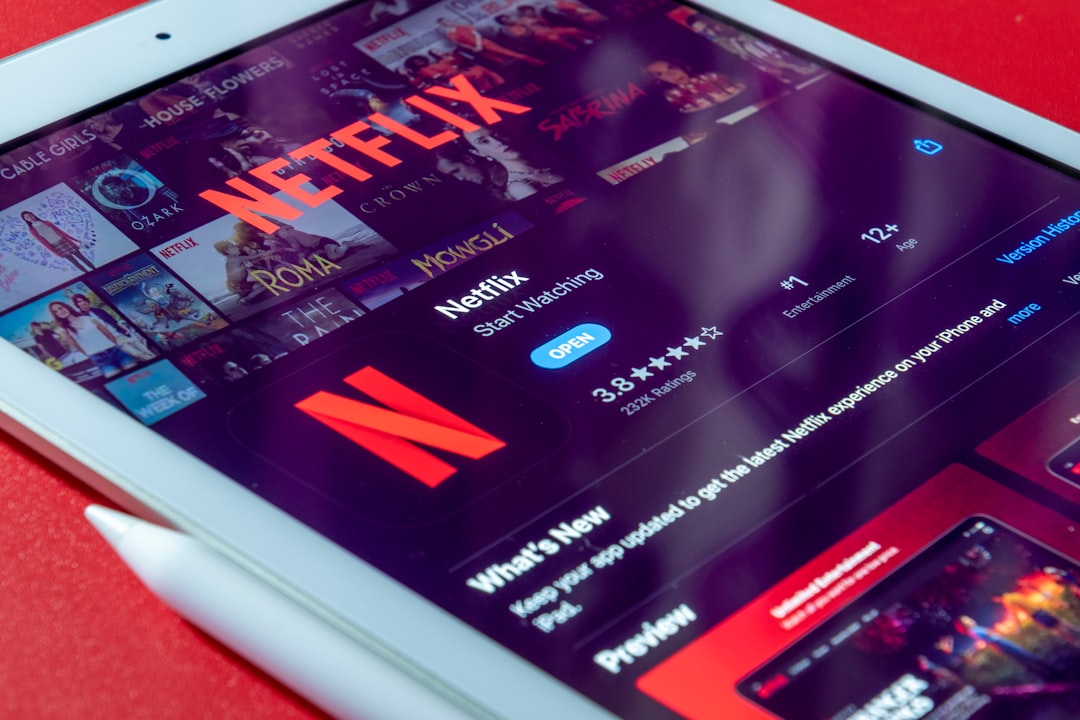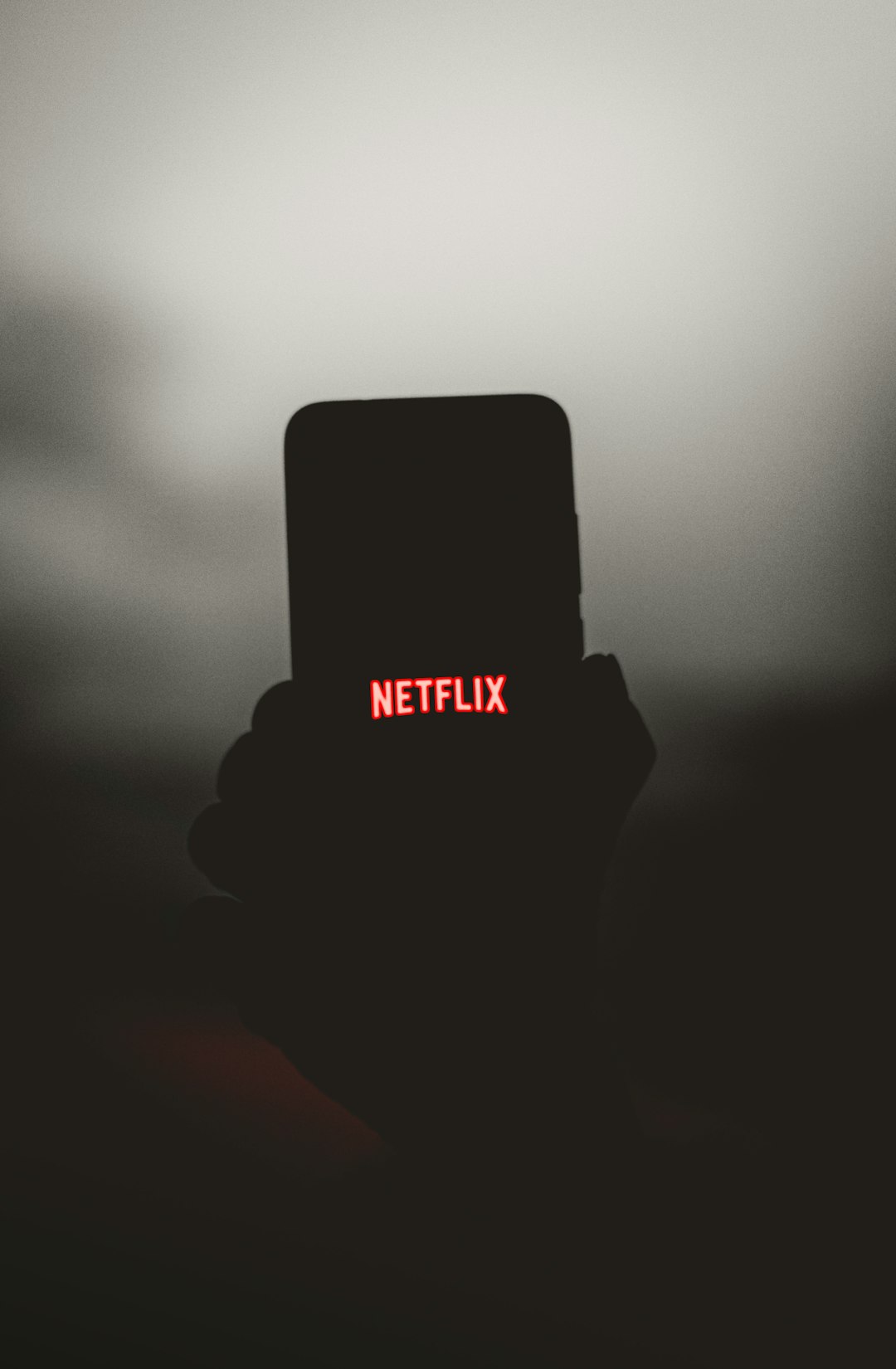In the late 1990s, the idea of watching movies through the internet seemed far-fetched. Physical video tapes and DVDs dominated home entertainment, and a trip to the local video rental store was a common weekend ritual. Yet, amidst this traditional landscape, a small company named Netflix quietly launched, destined to reshape the entertainment world. What began as a DVD rental service by mail evolved into one of the most influential streaming giants of all time. This transformation didn’t happen overnight—it’s a tale of bold innovation, strategic risk-taking, and staying ahead of technological evolution.
The Humble Beginnings: Netflix as a DVD Rental Service
Netflix was founded in 1997 by Reed Hastings and Marc Randolph in Scotts Valley, California. Their initial business model was simple yet innovative: rent DVDs online and send them to customers via postal mail. By 1998, the company launched its website—Netflix.com—allowing users to browse through its catalog, rent movies, and return them at their convenience using prepaid envelopes.
This model eliminated the need to visit a store and, perhaps more importantly, did away with late fees—something that became a powerful differentiator against established rental chains like Blockbuster.
- 1998: Netflix launches its website with a pay-per-rental model.
- 1999: The company introduces a monthly subscription model, allowing unlimited rentals with no due dates or late fees.
This subscription approach soon became the cornerstone of its growth, and by 2000, Netflix was shifting away from single DVD rentals and focusing entirely on subscriptions. Though still small in market size, the company was already sowing the seeds of disruption.
Early Struggles and Strategic Choices
Netflix’s journey wasn’t without hurdles. In the early 2000s, the company faced financial strain and fierce competition. One well-known turning point occurred in 2000 when Hastings approached Blockbuster with an offer to sell Netflix for $50 million. Blockbuster declined. It would prove to be one of the most costly decisions in entertainment history.
Rather than faltering, Netflix doubled down on innovation. They bet on algorithm-driven recommendations to personalize user experiences—introducing the Netflix Prize, a $1 million competition to improve its recommendation engine. This focus on data science and user engagement would become integral to the company’s future success.
The Transition to Streaming: A Game Changer
By the mid-2000s, internet speed and accessibility had improved to a point where streaming video became a viable alternative to physical media. Netflix recognized this opportunity and began developing a new model. In 2007, the company took a bold step and launched its streaming service—offering subscribers the option to watch movies and TV shows online instantly.
This shift was groundbreaking. Consumers no longer had to wait for DVDs to arrive in the mail—they could start watching content immediately from their computer or, soon after, their smart television and gaming consoles.

As streaming grew in popularity, Netflix strategically expanded its library and signed licensing agreements with major studios, bolstering its content offerings. By leveraging data on viewership, the company could make informed decisions about which shows and genres to prioritize.
Original Content and the Global Expansion
Arguably the most critical phase of Netflix’s evolution came in 2013 with the launch of its first original series, House of Cards. Unlike traditional television networks, Netflix released all episodes at once, pioneering the now-common “binge-watching” trend.
The success of House of Cards confirmed that Netflix could create compelling content without following the conventional pilot model. Soon after came shows like Orange Is the New Black and Narcos, which cemented Netflix’s reputation as a legitimate content creator, not just a distributor.
- 2013: Launch of Netflix Originals with House of Cards.
- 2016: Netflix available worldwide, except in China, Syria, North Korea, and Crimea.
Global expansion was equally transformative. Netflix invested heavily in local content production to appeal to regional markets, producing series in languages like Spanish, German, Korean, and Hindi. This approach helped it tap into international markets while retaining authenticity and relatability.

Facing Competition and Industry Disruption
By the late 2010s, Netflix had become a dominant force in streaming. However, success attracted intense competition. Major studios like Disney, Warner Bros., and NBCUniversal launched their own platforms—Disney+, HBO Max, and Peacock—often pulling their licensed content from Netflix in favor of exclusivity on their own platforms.
Netflix responded by doubling down on original programming. By 2020, it was investing billions annually in content development. Notable successes included Stranger Things, The Crown, and Bridgerton. The company also increasingly emphasized feature films, building partnerships with top-tier talent and even receiving Academy Awards recognition—something unheard of for a streaming platform just a few years earlier.
In parallel, Netflix expanded its technology stack, developing recommendation engines, compression algorithms, and production analytics to boost performance and experience across devices and regions.
Recent Challenges and New Strategies
While Netflix remains a market leader, it has not been insulated from evolving trends. Starting in 2021, the company experienced slowing subscriber growth, especially in saturated markets like North America. It lost subscribers for the first time in a decade in early 2022—a clear signal that change was necessary.
In response, Netflix began exploring ad-supported models and password-sharing crackdowns—two significant shifts from its earlier ethos of user-centric simplicity. It also entered new arenas such as gaming and interactive storytelling experiences, aiming to keep audiences engaged across multiple formats.
The Legacy and Future of Netflix
What began as an ambitious idea in the late 1990s has grown into a company that defines how modern audiences consume media. Netflix’s journey—from mailing DVDs to leading the internet TV revolution—reflects the power of digital transformation when combined with visionary leadership.
Today, Netflix boasts hundreds of millions of subscribers worldwide, operates production studios across multiple continents, and continues to push the boundaries of entertainment. Perhaps more than any other company, Netflix has changed how stories are told, distributed, and consumed.

Key Takeaways
- Founded in 1997, Netflix started as a mail-based DVD rental service.
- Transitioned to streaming in 2007, pioneering on-demand video content.
- Entered original content creation in 2013, reshaping entertainment with titles like House of Cards.
- Expanded globally to over 190 countries as of 2016 with a tailored content strategy.
- Now faces competition from numerous streaming providers and is adapting with new strategies like advertising and gaming.
As we look to the future, Netflix’s willingness to adapt marks it as more than just a fleeting leader—it is a company fundamentally embedded in the evolution of media in the 21st century. Its story is not just about entertainment, but about transformation, resilience, and the relentless pursuit of innovation.



